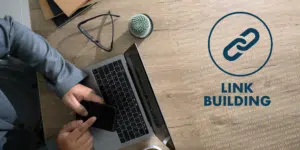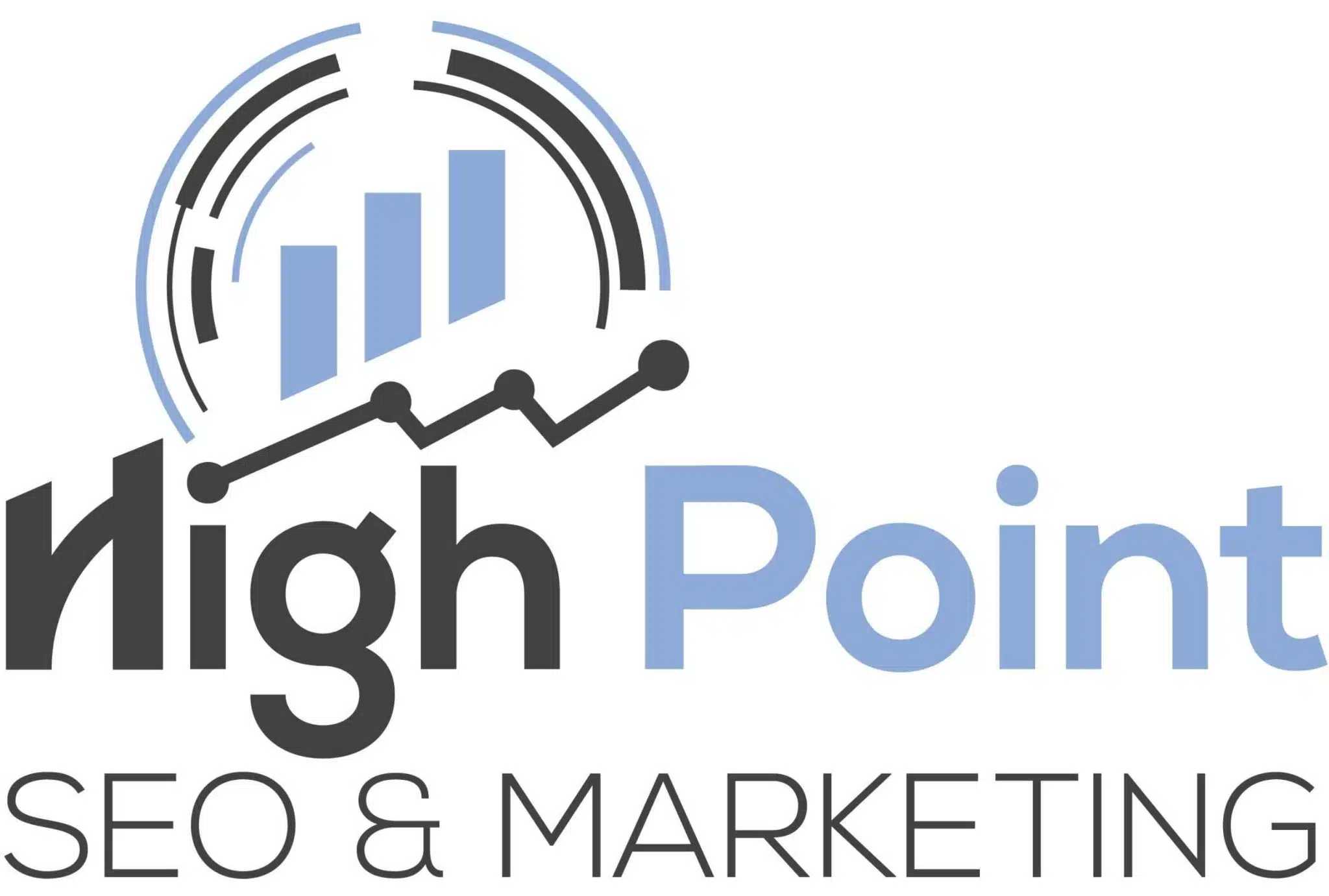Five Lessons on How to Use Internal Links to Reach Your Audience

Welcome to internal links, those hidden treasures that can expand your website’s traffic and exposure! We discuss how internal links can reach your target audience and drive organic traffic. Whether you’re an SEO pro or a beginner, using internal links wisely can boost your content strategy.
What are Internal Links?
Internal links—what are they? Imagine them as virtual corridors between pages on your website. Similar to veins, these linkages keep your site’s content moving smoothly.
Internal linkages are dual-purpose. They improve search engine crawling and indexing. Search engine bots can traverse and understand your site better by linking related pages. This boosts SEO.
User navigation relies on internal linkages. Internal links guide visitors to similar or relevant content on other pages when they locate fascinating stuff on one page.
By strategically putting internal links throughout your content, you engage visitors who might have departed after one piece. It makes consumers stay longer on your site, improving their chances of becoming loyal customers.

Not just randomly scattering internal links—there’s a technique to the chaos! Consider these variables when adding internal links in your text for optimal impact:
1) Relevance: Make sure the linked page offers value and compliments the topic. Readers will be more likely to follow the link for more information.
2) Anchor Text: Describe what users will see when they click the link. Avoid generic terms like “click here” and “read more,” which lack context.
3) Contextual Placement: Place the link naturally in your article to make sense and be relevant. Let readers smoothly navigate it without forcing it.
4) Balance: Internal links help SEO and user navigation, but don’t overdo it in one component. Use only links that improve reading to maintain balance.
These tactics might help you maximize internal links to boost SEO and user experience.
The Importance of Internal Links for SEO
Internal links are vital to website SEO. These links connect your website pages. Even if they seem tiny, internal links affect how search engines crawl and index your site.
Internal links assist search engine bots in finding new website material. Links show search engines that a page is relevant and valuable. This boosts the page’s search rankings.
Well-placed internal links improve SEO and user experience by making it easy to navigate your site’s ecosystem.
The Role of Internal Links in User Navigation
Website navigation relies on internal links. They connect pages within a domain. Strategically inserting internal links across your content can improve user experience and make site navigation easier.
Inside links add context and importance. If a hyperlink seems relevant to an article or blog post, visitors are more likely to click on it. Include relevant anchor texts in your article to connect viewers to other pages with more information or resources.
Website structure and organization benefit from internal links. Interlinking related pages or content creates a natural flow that lets users traverse your site easily. This improves user experience and helps search engines understand your website’s hierarchy.
Internal linking also boosts SEO by transferring link equity across site pages. Strategic internal linking can transfer authority from a high-authority page to others in your domain. So, linked pages have a better possibility of ranking well in search results.
How to Strategically Place Internal Links in Your Content
Consider these factors when carefully adding internal links in your text. Relevance comes first. Make sure your links are relevant to the topic. This aids user navigation and tells search engines your content is complete and authoritative.
Text location matters too. Consider where links will have the biggest impact before scattering them across your article. They should be naturally integrated into your text where they make sense.
Remember to include internal links in headers, footers, and sidebars. Additional placements can boost navigation and content engagement.
Place natural and relevant internal links throughout your content to improve user navigation and SEO.
Utilizing Anchor Texts and Descriptive Titles for Internal Links
Anchor texts and meaningful titles boost internal link effectiveness in content. You can inform readers and search engines about the link’s destination by strategically using these features.
Anchor texts should include keywords or phrases that describe the connected page. Instead of “click here” or “read more,” use descriptive words to describe what people will see when they click the link. Link to an SEO blog post with anchor text like “effective SEO strategies” or “boosting your website’s visibility.”
Descriptive titles help readers and search engines navigate your content. Instead of just saying “internal link,” include the page’s theme or main point. Descriptive titles increase user experience and assist search engines grasp your content structure.
Anchor texts and descriptive names can improve user navigation by indicating where internal links lead. This makes similar material easy to find and keeps users on your site longer.
Optimizing anchor texts and meaningful titles also helps SEO. These factors help search engines estimate page relevance and keyword relevance. An optimized internal linking strategy can boost organic ranks for specific keywords and increase site usability.
Measuring the Success of Internal Linking Strategies
Understanding how internal linking techniques affect audience reach and engagement requires measuring their success. Analyzing important metrics can reveal how well your internal links drive traffic and guide users around your website.
Important metrics include click-through rate. This measures the percentage of people who click an internal link after seeing it. A high CTR indicates that your internal links are intriguing enough to keep users clicking.
Bounce rate is another indicator. This shows the percentage of site visitors who leave after one page. A high bounce rate on sites with internal links may suggest that they are neither engaging users nor directing them to relevant material.

Conversion rates can also show if your internal linking techniques are getting people to sign up for newsletters or buy. A greater conversion rate indicates that the linked information is persuasive enough to induce user action.
Monitoring anchor text-based backlink growth might indicate the success of external websites referring readers to relevant pages on your site. Quality backlinks boost website exposure and reputation.
By monitoring these numbers and tweaking your internal linking tactics, you may maximize audience engagement.
Conclusion: The Power of Internal Links for Audience Reach and Engagement
You should now realize that internal links boost your website’s exposure, user experience, and SEO. These simple but powerful features can direct your readers through your content, keeping them engaged and promoting further exploration.
Strategically placing internal links in your content helps easily move users between relevant pages. It helps search engines comprehend your website’s structure and makes it easy for users to navigate to interesting areas or topics.
Use anchor texts and meaningful titles for internal links. By employing keywords relating to the linked page’s topic, you boost its SERP exposure and provide context for users.
Internal connecting strategy success must be measured. Google Analytics can count link clicks. This data will help you determine which links engage your audience most so you can improve future link placements.

 Bill Yeager, Co-Owner of High Point SEO & Marketing in CT
Bill Yeager, Co-Owner of High Point SEO & Marketing in CT